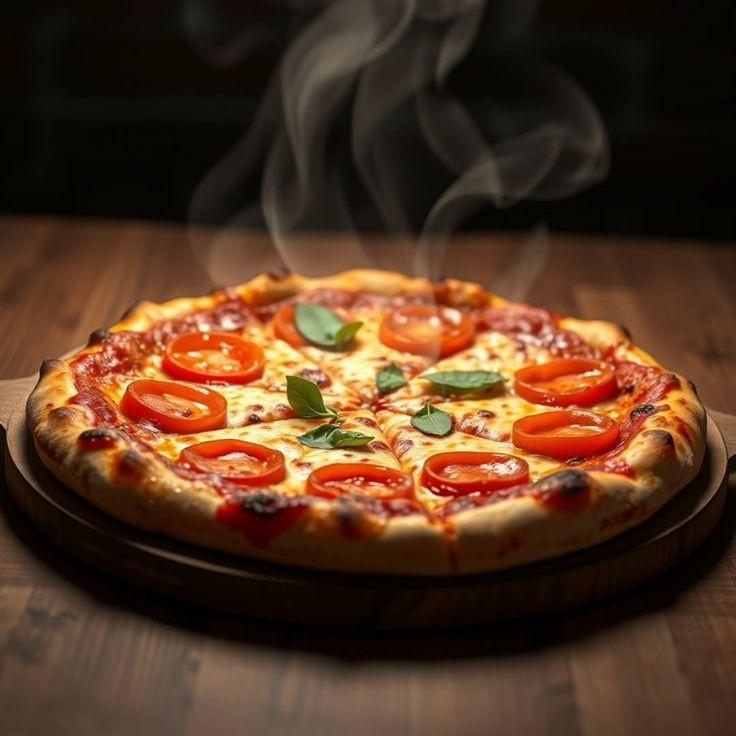At WarmStoneHarbor, we're strong proponents of the idea that a remarkable pizza is the product of superior dough. We've honed our dough recipe over the last thirty years and are thrilled to divulge some of our dough-making strategies. Without giving away our proprietary blend (we must keep certain rituals intact!), we can impart tips that will elevate your homemade pizza dough to a professional level.
Choosing the Right Flour
The key to excellent pizza dough lies in the quality of flour used. 00 flour, with its ultra-fine texture and medium protein content – typically around 12% – is our go-to choice for achieving a balance of chewiness and tenderness in the dough. If 00 flour is not available, a viable alternative is bread flour, although the final texture may vary slightly.
The Significance of Water Temperature and Hydration Ratio
The temperature of water can influence the rate of fermentation and the overall structure of the dough. Cold water, approximately 45°F (7°C), is best for a slower fermentation process, enriching the flavor. Conversely, water at around 85°F (29°C) can speed up fermentation. Aim for a hydration level – water-to-flour ratio – of about 60-70% to suit most domestic ovens.
Less Yeast, Lengthier Fermentation
Exceptional flavor in dough is often a result of minimal yeast utilization combined with extended fermentation. With a mere 0.2% of fresh yeast based on our flour weight, our dough undergoes fermentation for 24-48 hours. This gradual fermentation fosters a complexity in flavor and yields a dough that's more digestible.
Salt's Role Beyond Taste
Salt not only enhances the taste of your dough but also fortifies the gluten network and moderates fermentation. We suggest 2.5-3% fine sea salt relative to the flour's weight. Introduce it once the flour and water have begun to blend, ensuring the salt does not make immediate contact with the yeast.
The Craft of Fermentation
After mixing, give your dough a room temperature bulk fermentation for two hours, then portion it into separate balls. These should then be stored in lidded containers and placed in the refrigerator for 24-72 hours. It's during this cold fermentation phase that transformation occurs; enzymes decompose the starches into sugars, contributing to both the flavor and the golden-brown color of our crusts.
Handling the Dough Delicately
Prior to baking, remove the dough from the fridge 1-2 hours in advance to bring it up to temperature. When shaping your pizza, it's best to handle the dough carefully to maintain the air bubbles that have formed. Rather than rolling it out, which can collapse those air caverns, gently press and stretch the dough with your fingertips.
Optimal Baking: The Role of High Heat
Our wood-burning ovens can reach temperatures up to 850°F (454°C), a mark most household ovens can't hit. To adapt, preheat a pizza stone or steel for at least an hour for a similar blast of heat, achieving a crust that is crisp on the outside and airy inside.
Perfecting pizza dough is a continuous learning process; each attempt teaches you more about the craft. We advise you to document your experiences, tweak the factors involved, and figure out the best approach for your specific kitchen setup.
We welcome you to observe our dough crafting firsthand at one of our pizza-making workshops. Chef Julia details these methods, and you can witness them in action. For future events, check the calendar on our site!

